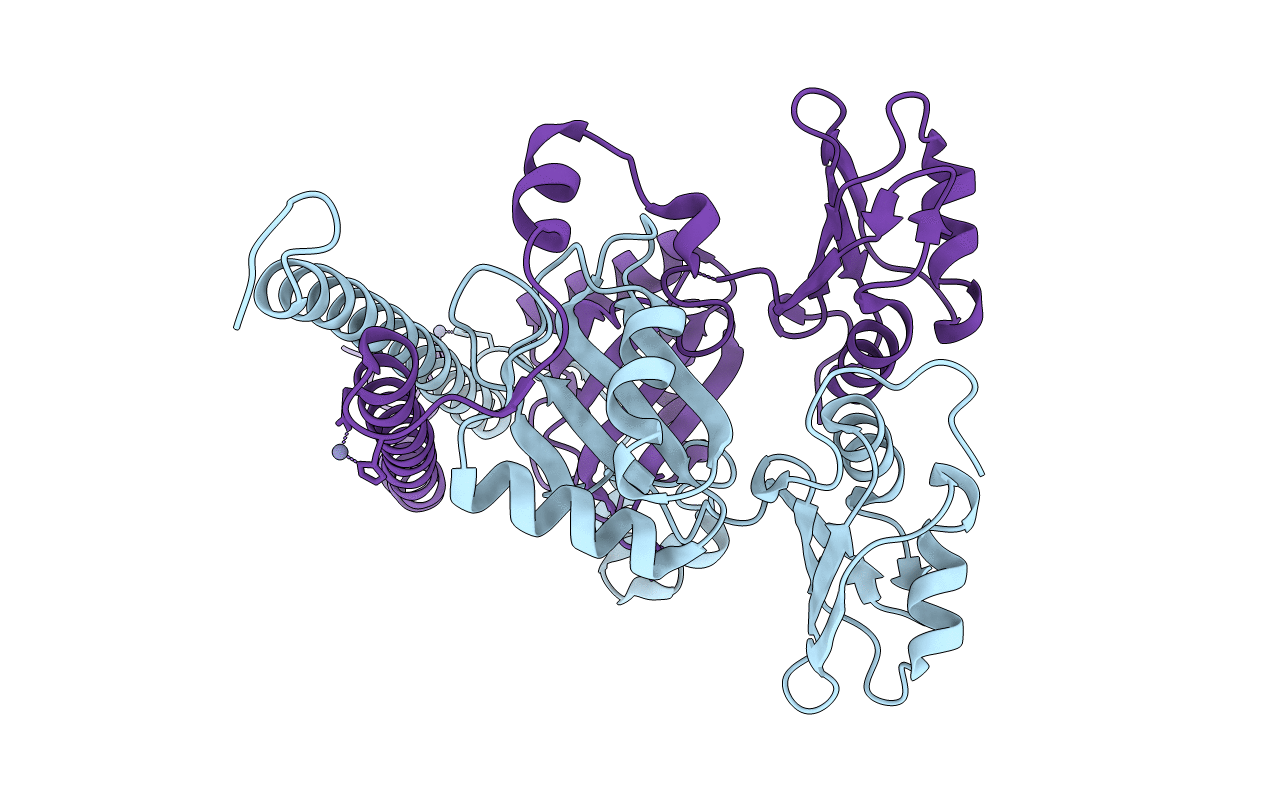
Deposition Date
2021-11-01
Release Date
2022-10-12
Last Version Date
2023-10-18
Entry Detail
PDB ID:
7SP0
Keywords:
Title:
Crystal structure of human SFPQ L534I mutant in complex with zinc
Biological Source:
Source Organism:
Homo sapiens (Taxon ID: 9606)
Host Organism:
Method Details:
Experimental Method:
Resolution:
1.83 Å
R-Value Free:
0.21
R-Value Work:
0.17
R-Value Observed:
0.18
Space Group:
P 1 21 1


